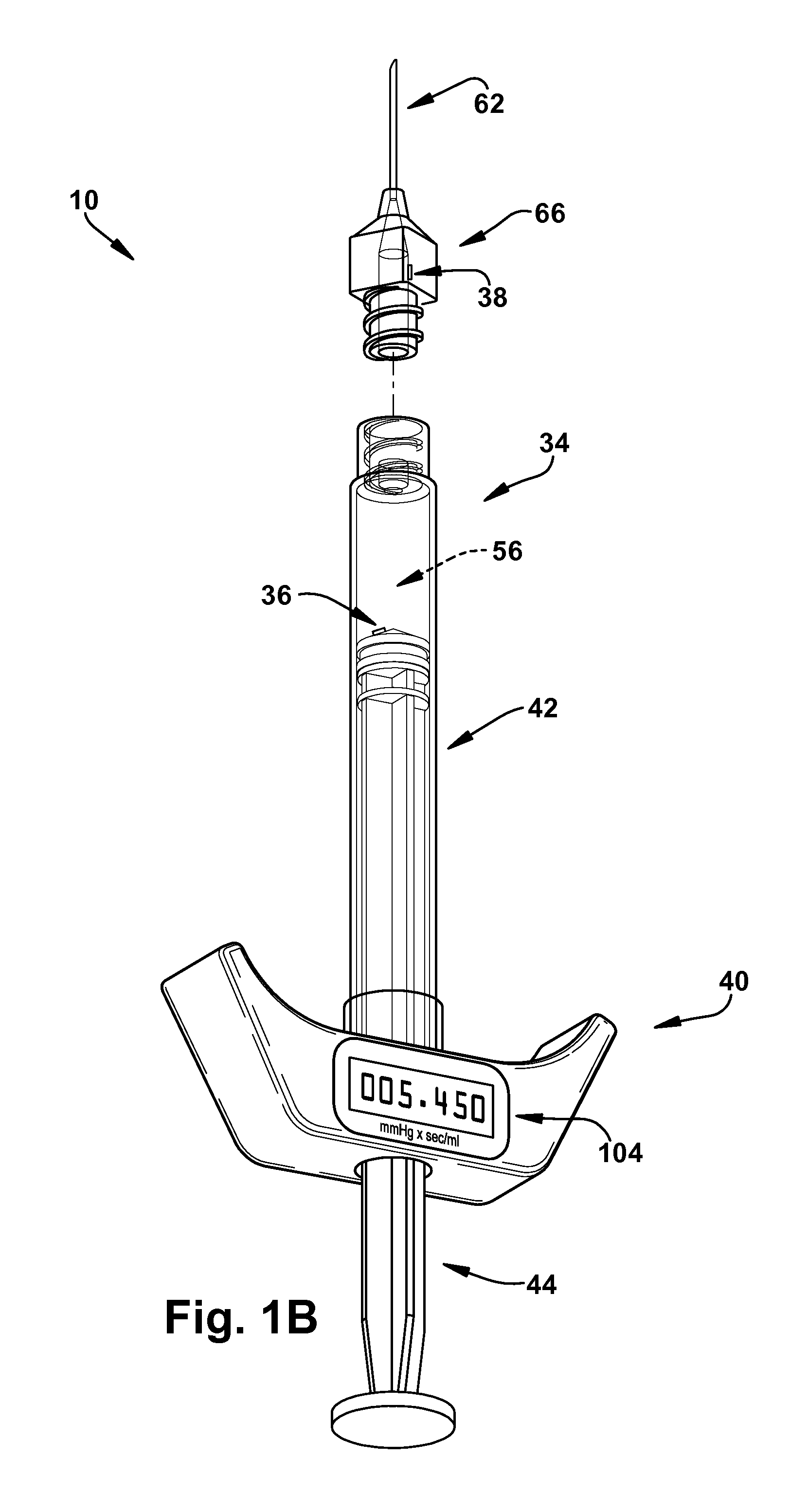Lacrimal drainage manometer and method of use
a lacrimal drainage and manometer technology, applied in the field of lacrimal drainage manometers, can solve the problems of malignant nasolacrimal duct obstruction, degrading visual acuity, and affecting the accuracy of diagnosis, and achieve the effect of accurate determination
- Summary
- Abstract
- Description
- Claims
- Application Information
AI Technical Summary
Benefits of technology
Problems solved by technology
Method used
Image
Examples
example
Methods
[0064]We performed a prospective review of case series. Data was collected on age of patient, gender, duration of symptoms, previous treatments, dye disappearance testing results, percentage of irrigation through the nasolacrimal duct, eyelid laxity, presence of ectropion, and the various pressure measurements.
[0065]We quantitatively measured the pressure generated during manual, conventional probing and irrigation using a standard 3 cc syringe, and experimental probing and irrigation using an infusion pump (Medfusion 2010 Infusion Pump, MEDEX Inc., Carlsbad, Calif.) to deliver a constant flow rate of saline. We measured the steady state irrigation pressure using a disposable in-line pressure transducer with integrated pressure sensor (BIOTRANS Disposable Pressure Measuring System, BIOSENSORS International, Newport Beach, Calif.) and digital pressure monitor (EAGLE 3000 patient monitor, MARQUETTE ELECTRONICS, Milwaukee, Wis.). Resistance was calculated from the known flow rat...
PUM
 Login to View More
Login to View More Abstract
Description
Claims
Application Information
 Login to View More
Login to View More - R&D
- Intellectual Property
- Life Sciences
- Materials
- Tech Scout
- Unparalleled Data Quality
- Higher Quality Content
- 60% Fewer Hallucinations
Browse by: Latest US Patents, China's latest patents, Technical Efficacy Thesaurus, Application Domain, Technology Topic, Popular Technical Reports.
© 2025 PatSnap. All rights reserved.Legal|Privacy policy|Modern Slavery Act Transparency Statement|Sitemap|About US| Contact US: help@patsnap.com



